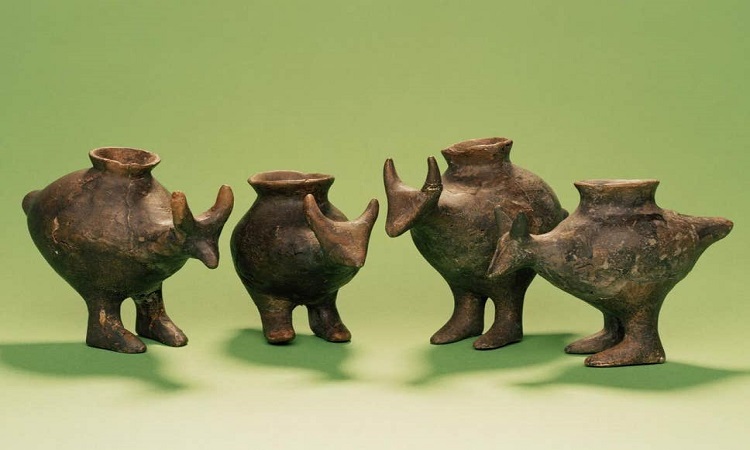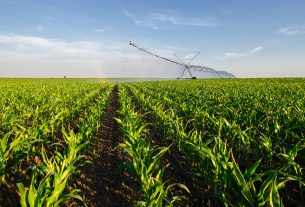A chemical analysis of three iron and bronze age ceramic containers suggests that some European babies were sometimes fed with animal milk. The details of the study are published in the journal Nature.
Containers with older “spouts” have already been found in Germany (dating from 7,500 to 6,800 years ago). Some assumed they could be used to feed babies with milk, but others also suggested that they could be used to feed the elderly. Or the infirm. The problem was that small openings in these containers made it very difficult to collect organic residues. Complicated, under these conditions, to establish the true nature of the old liquid poured inside. Three newer, newly discovered artifacts, still in Germany, now confirm that the diets of infants in the iron and bronze age were sometimes supplemented by milk of animal origin.
Two types of milk
Two artifacts from 800 to 450 BC were found in a German cemetery. The third, discovered in a late bronze age German necropolis, dates from about 1200 BCE. All these objects, we learn, were found buried next to children, from a few months to six years old. The big advantage of these containers is that the spouts were much more open, making it easier to take samples for chemical analysis.
This work, signed by researchers from the University of Bristol, found that these organic residues once contained milk of animal origin. Ruminant milk for the first two (cow, sheep or goat, for example). And non-ruminant milk for the third (pig?). These ceramic containers, with their “beak” allowing babies to drink more easily, would be the precursors of modern baby bottles and goblets.
That humans drink cow’s milk during this period is not a surprise. A study recently revealed that the oldest evidence of animal milk consumption in humans was around 6,000 years ago. This study, on the other hand, is the first to testify to the fact that prehistoric European parents of the iron and bronze age completed the feeding of their infants with milk of non-human origin.
Earlier weaning
The researchers link this passage to animal milk with the significant population growth that took place at the same time. Many families have moved from a hunter-gatherer lifestyle to a more sedentary lifestyle, mainly through the advent of agriculture and livestock. Easier access to food has boosted birth rates. Which implies shorter intervals between births. It was better to wean babies faster by supplementing their diet with animal milk. Before this period, it was impossible for humans to wean babies at an early age, because of the lack of viable complementary food.
It should also be remembered that animal milk products are not a complete nutritional source for infants. Further research is needed to isolate the degree of impact of this diet change in infants. But to find out, we will have to find coprolites (fossilized excrement).




